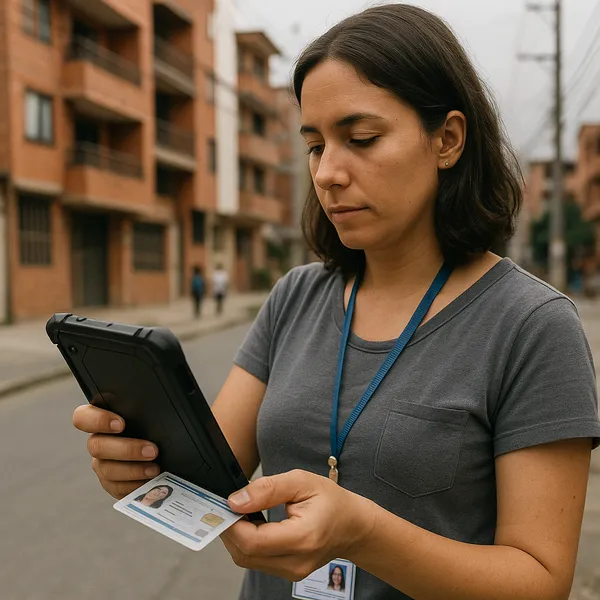More Than Concrete A Framework for Verifying Environmental and Social Safeguards in Construction
Published on: Thu May 22 2025 by Ivar Strand
More Than Concrete: A Framework for Verifying Environmental and Social Safeguards in Construction
The success of a major infrastructure project is commonly measured by two primary metrics: its adherence to the construction schedule and its compliance with the financial budget. While these are critical, they are also incomplete. The long-term viability and value of a new road, clinic, or power plant is equally determined by its impact on the local community and the natural environment.
For this reason, the verification of a project’s Environmental and Social Safeguards (ESS) cannot be a peripheral, “check-the-box” activity. It must be a core, integrated component of the project’s monitoring framework, pursued with the same analytical rigor as the financial audit and the engineering oversight.
The Scope of Environmental and Social Safeguards
Environmental and Social Safeguards are the specific, codified measures designed to uphold a project’s social license to operate and to ensure it adheres to the principle of “do no harm.” In the context of a large construction project, these safeguards typically encompass a range of requirements mandated by donors and national law.
These are not “soft” issues. They are material, often contractual, obligations that carry significant operational, reputational, and legal risks if they are not met. Key areas include:
- Fair labor practices and occupational health and safety for all workers.
- Meaningful and documented community consultation and stakeholder engagement.
- Proper management of construction waste, water resources, and other environmental impacts.
- The establishment and operation of an accessible grievance redress mechanism for affected persons.
The Limitations of Document-Based Verification
A frequent but insufficient approach to monitoring these safeguards is to limit the review to the contractor’s formal, submitted plans, such as their Environmental and Social Management Plan (ESMP).
This approach suffers from the same weakness as a purely document-based financial audit. It confirms the existence of a de jure policy but provides no assurance on the de facto practice. A well-written plan on paper is not evidence of its implementation on a dynamic and challenging construction site. Verifying these safeguards requires the methodical collection of direct, empirical evidence.
A Multi-Method Framework for ESS Monitoring
A robust framework for monitoring ESS must be multi-pronged, integrating formal compliance checks with direct observation and feedback from affected stakeholders. In our work, we combine several distinct evidence streams to build a comprehensive picture.
-
Systematic, Unannounced Site Inspections. Regular, direct observation of the construction site is the foundation of ESS verification. These inspections are not focused on engineering quality, but on a specific checklist of safeguard indicators. Are workers consistently using personal protective equipment (PPE)? Is there evidence of proper waste segregation and disposal? Are safety notices and protocols clearly visible and being followed?
-
Structured Community Feedback Mechanisms. We move beyond periodic, formal consultation meetings to establish regular, structured channels for community feedback. This can include confidential household surveys, focus group discussions with specific segments of the community (such as women or downstream water users), and the use of simple mobile technologies to allow residents to report issues or concerns in near-real-time.
-
Confidential Worker Interviews. To verify compliance with labor standards, we conduct structured, confidential interviews with a representative sample of the workforce, including employees of subcontractors. These interviews are designed to discreetly verify practices related to timely wage payments, working hours, contractual terms, and on-site safety conditions.
-
Testing of the Grievance Redress Mechanism (GRM). The existence of a GRM on paper is not sufficient. We conduct a functional audit of the mechanism itself. We assess whether community members are aware of its existence and know how to access it, whether all complaints are being formally logged and tracked in a central register, and if there is a clear, documented process for escalating and resolving disputes in a timely manner.
Conclusion: Assurance Beyond the Physical Asset
An infrastructure project that is delivered on time and on budget, but that exploits its workforce or damages the local environment, is not a successful development outcome.
The verification of Environmental and Social Safeguards is therefore not simply a compliance exercise; it is a central component of strategic assurance. It provides donors and their government partners with confidence that their investment is not only creating a durable physical asset, but that it is doing so in a manner that is responsible, sustainable, and ethically sound.



